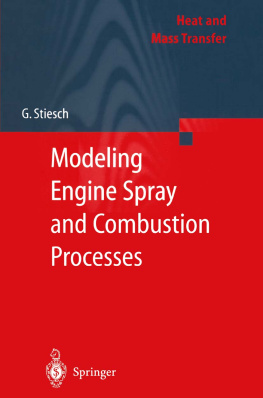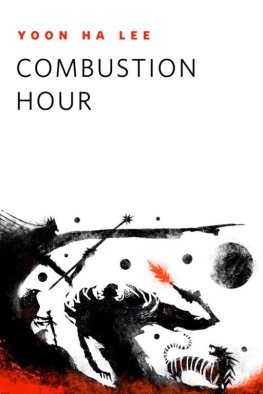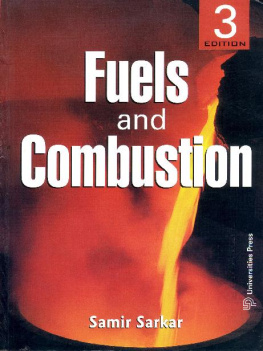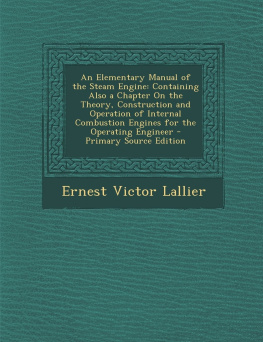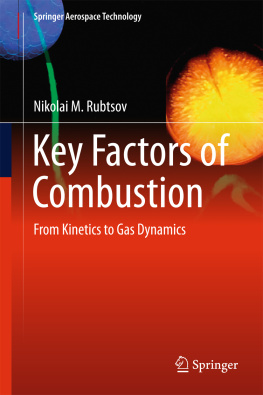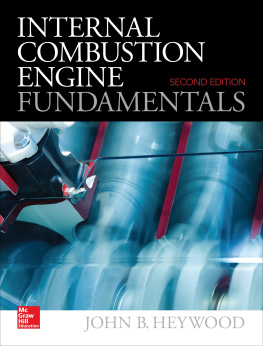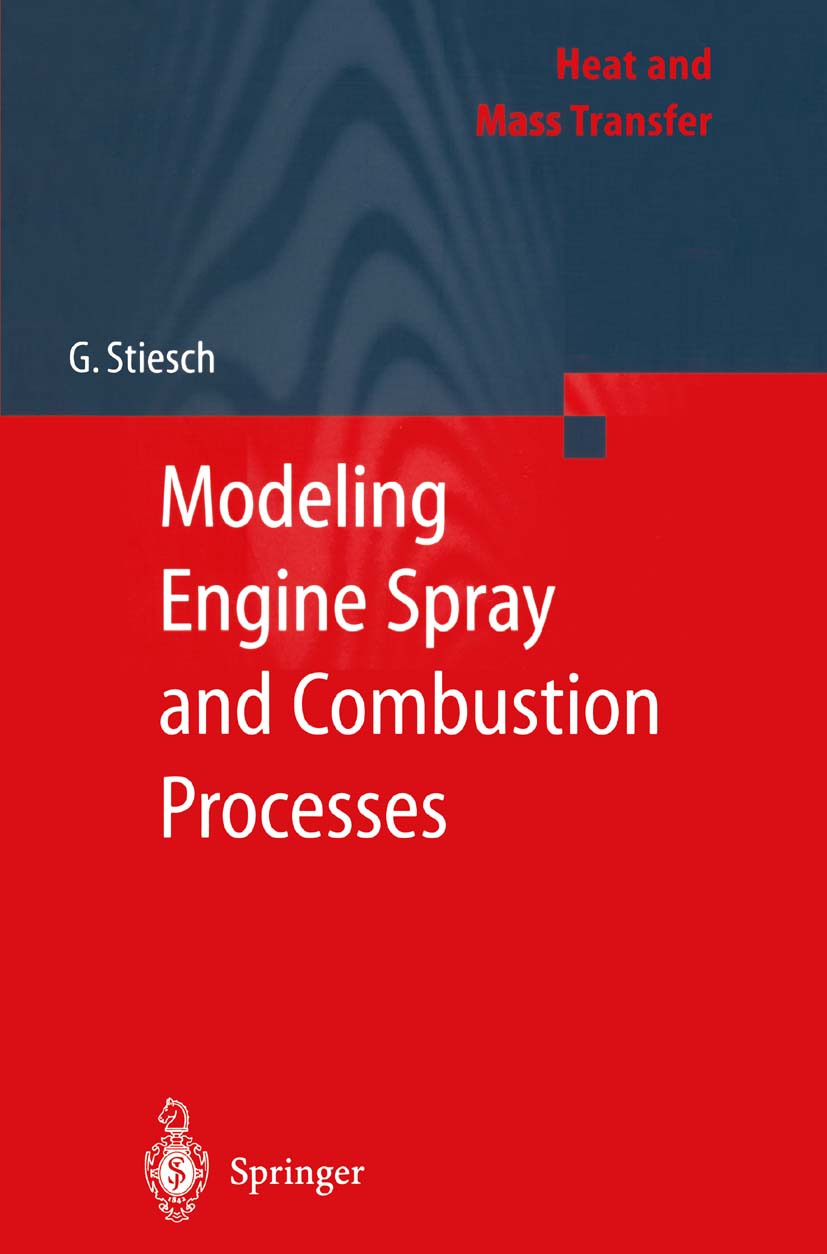ISSN 1860-4846 ISSN 1860-4854 (eBook)
ISBN 978-3-642-05629-1 ISBN 978-3-662-08790-9 (eBook)
DOI 10.1007/978-3-662-08790-9
Springer-Verlag Berlin Heidelberg 2003
This work is subject to copyright. All rights are reserved, whether the whole or part of the material is concerned, specifically the rights of translation, reprinting, reuse of illustrations, recitation, broadcasting, reproduction on microfilm or in other ways, and storage in data banks. Duplication of this publication or parts thereof is permitted only under the provisions of the German Copyright Law of September 9, 1965, in its current version, and permission for use must always be obtained from Springer-Verlag. Violations are liable for prosecution under German Copyright Law.
Originally published by Springer-Verlag Berlin Heidelberg New York in 2003.
Softcover reprint of the hardcover 1st edition 2003
The use of general descriptive names, registered names, trademarks, etc. in this publication does not imply, even in the absence of a specific statement, that such names are exempt from the relevant protective laws and regulations and therefore free for general use.
Product liability: The publisher cannot guarantee the accuracy of any information about dosage and application contained in this book. In every individual case the user must check such information by consulting the relevant literature.
Coverdesign: Erich Kirchner, Heidelberg
www.springer.com
Preface
The utilization of mathematical models to numerically describe the performance of internal combustion engines is of great significance in the development of new and improved engines. Today, such simulation models can already be viewed as standard tools, and their importance is likely to increase further as available computer power is expected to increase and the predictive quality of the models is constantly enhanced.
This book describes and discusses the most widely used mathematical models for in-cylinder spray and combustion processes, which are the most important subprocesses affecting engine fuel consumption and pollutant emissions. The relevant thermodynamic, fluid dynamic and chemical principles are summarized, and then the application of these principles to the in-cylinder processes is explained. Different modeling approaches for the each subprocesses are compared and discussed with respect to the governing model assumptions and simplifications. Conclusions are drawn as to which model approach is appropriate for a specific type of problem in the development process of an engine. Hence, this book may serve both as a graduate level textbook for combustion engineering students and as a reference for professionals employed in the field of combustion engine modeling.
The research necessary for this book was carried out during my employment as a postdoctoral scientist at the Institute of Technical Combustion (ITV) at the University of Hannover, Germany and at the Engine Research Center (ERC) at the University of Wisconsin-Madison, USA. The text was accepted in partial fulfillment of the requirements for the postdoctoral Habilitation-degree by the Department of Mechanical Engineering at the University of Hannover.
Many individuals have assisted me in various ways while I have worked on this book. First and foremost I would like to thank Prof. Gnter P. Merker, the director of the ITV, for supporting my work in every possible respect. Many ideas for this book were obtained from our numerous stimulating discussions about the subject of engine modeling. I am also indebted to Prof. Rolf D. Reitz, the director of the ERC, for inviting me to the University of Wisconsin-Madison and for teaching me many aspects about multidimensional engine codes during my stay at the ERC. Professor Dieter Mewes of the University of Hannover and Prof. Meinrad K. Eberle of the ETH Zurich, Switzerland contributed to this work by their critical reviews and constructive comments.
Special thanks are due to my colleagues and friends both at the University of Hannover and at the University of Wisconsin-Madison for providing an inspiring environment in which to carry out engine research.
I would like to acknowledge Mrs. Christina Brauer, the tracer at the ITV, for her thoughtful assistance with the schematic illustrations and technical drawings contained in this book.
Last but not least, I would like to thank my family for their constant support and understanding while I was working on the manuscript.
Gunnar Stiesch
Hannover, January 2003

